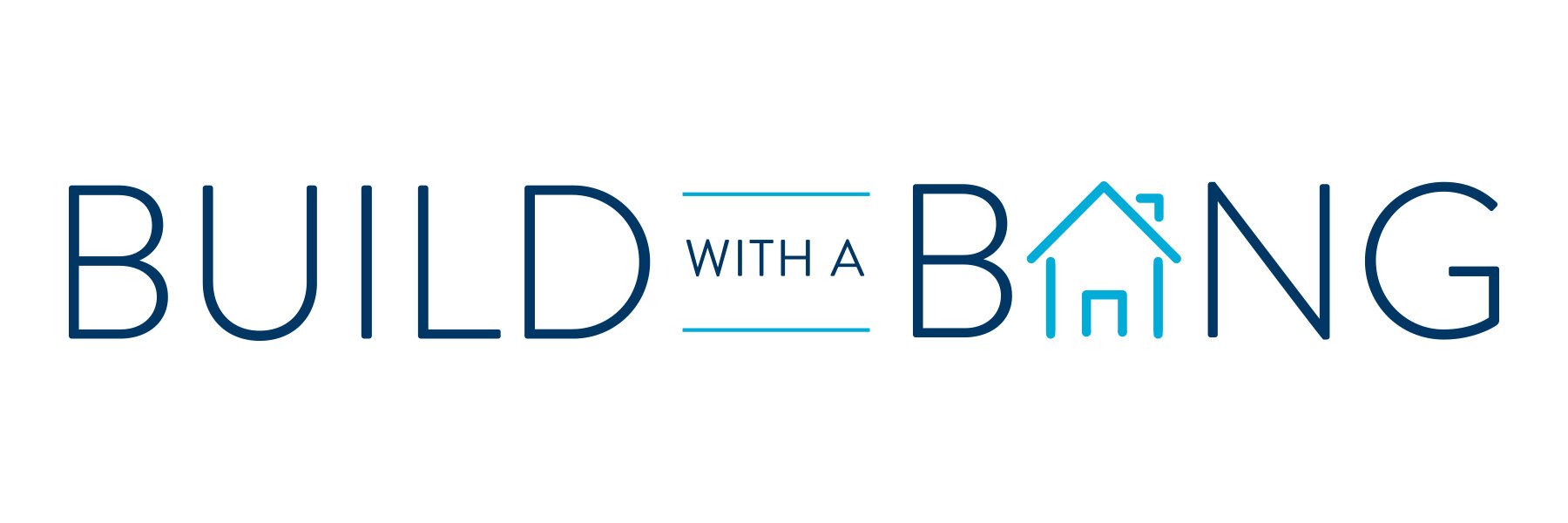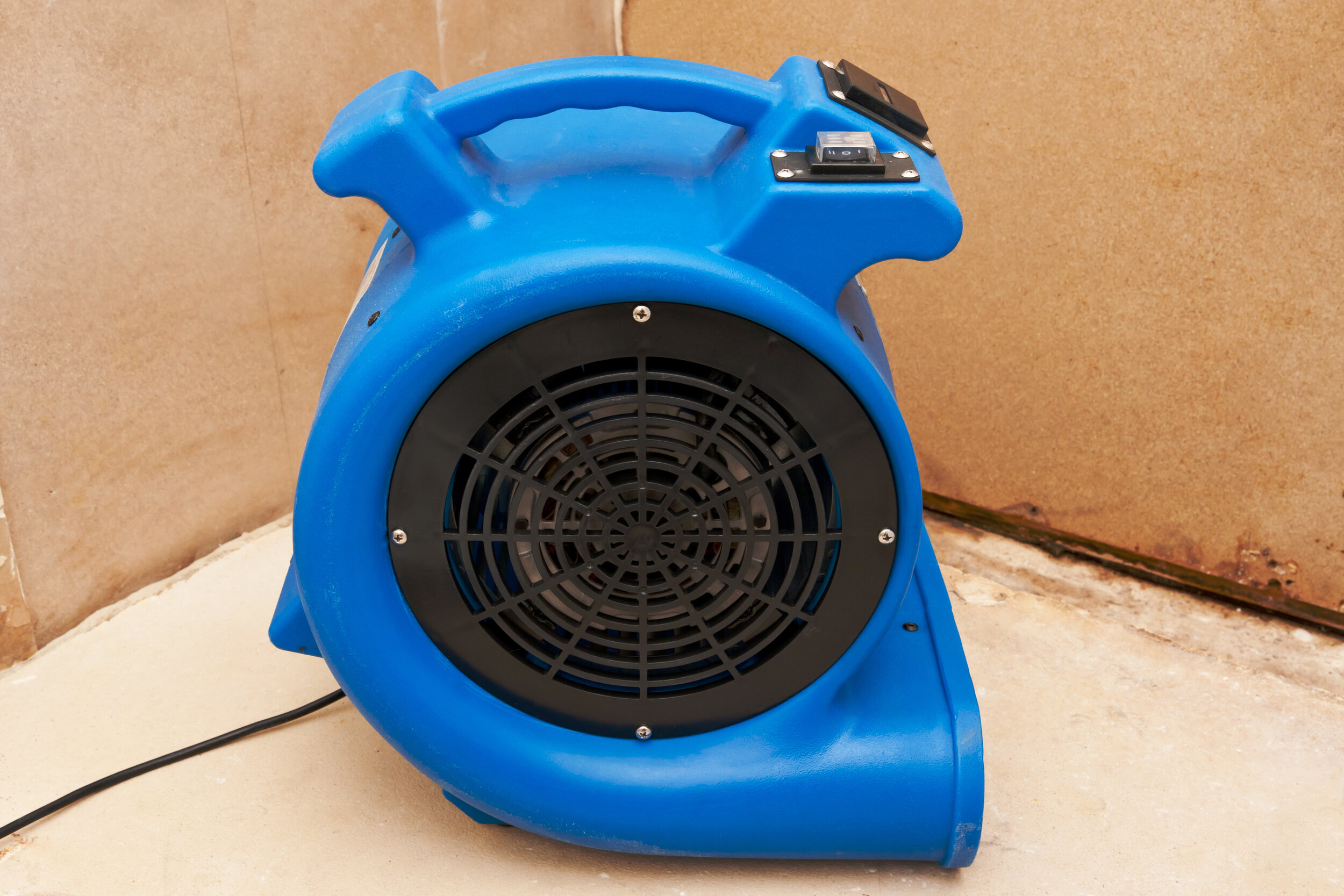Flood Event? Water Mitigation Is Now Your Top Priority
Burst pipe leads to flooded ceiling and water damage
Flood Damage
When it comes to its ability to damage your home, water is second only to fire in its destructiveness. According to FEMA, just an inch of water can lead to thousands in repair costs. No one is immune to flood damage, either. From plumbing issues to weather-related catastrophes, water damage can strike anyone, anywhere, and at any time.
Weather-Related Flood Damage
Wet weather is perhaps the best-known cause of water-related damage.
Floods can develop quickly or slowly. A flash flood occurs during heavy rainfall, or when a dam or levee fails. These types of floods are especially dangerous because they tend to include large volumes of water rushing at a high rate of speed as well as a great deal of debris. Overland floods, which occur when creeks, streams, or rivers overflow, develop more slowly, giving you more time to prepare.
Hurricanes that bring heavy rainfall, high winds, and storm surges many miles inland can also trigger floods.
Non-Weather Related Flood Damage
Non-weather-related flood risks include:
Clogged sewer or drainage systems
Paving and other urbanization
Dam failures
Plumbing failures
Flood-Related Damage in a Home
Water can leave its mark virtually everywhere in your home. Some of that damage, such as warped floorboards and peeling wallpaper, is extremely obvious. Other damage, such as mold and mildew, can be more insidious.
Flood-related damage often includes:
Structural damage, including loose or buckling floors, roof damage, and cracked foundations
Broken or frayed electrical wiring
Damaged appliances, including your water heater, refrigerator, and stove, and HVAC systems
Compromised septic or well water systems
Mold and mildew, which can start growing in just 24 to 48 hours
The 6 Septic Systems You Must Know
If your home suffered a power outage as a result of the flood, you will also need to check your freezer and refrigerator to ensure food is kept at safe temperatures. If your food comes in contact with floodwaters, it should be thrown away promptly.
Mold, Mildew, and Rot
When it comes to floods, the biggest enemy might not be the damage you see but the damage you cannot see. Mold and mildew are microscopic organisms that thrive in damp environments. They decompose organic matter outside, but in your home, they can pose a health risk.
When you inhale mold spores, they can irritate your respiratory system. Many types of molds are allergens, and some are toxins that can trigger serious reactions. The risk is highest in infants, children, elderly people, and people with compromised immune systems.
In the earliest stages, mold and mildew will grow on any organic material, including:
Cardboard
Wood and wood products
Ceiling tiles
Carpet
Drywall
Fabric
Insulation
Food
Plants
Once it produces spores, the mold can spread to other nearby organic material. Mold and mildew can start growing just one to two days after a flood. It will continue to grow and worsen until the problem is mitigated.
Water mitigation equipment
What Does Mitigation Entail?
Water mitigation focuses on immediate clean-up efforts and is the first step in drying and restoring your property. After a flood or other water damage, your home will be assessed to determine the extent and severity of the problem. Then, a plan of action will be developed, including several steps, such as:
Water cleanup
Drying and disinfection
Dehumidifying
Security
Once the standing water is removed, any property that cannot be salvaged is cleaned and removed, including furniture, drywall, flooring. However, the goal is to save as much as possible for restoration.
After initial clean up efforts, air scrubbers, and air movers are used to dry remaining moisture and reduce the risk of mold and mildew.
The Necessity of Mitigation after a Flood or Water Damage
If your home is affected by a flood, you need to act quickly to lessen the risk of lasting damage. A professional does not just remove the water but mitigates the risk of long-term damage and loss by assessing the extent and amount of contamination. They will take the necessary steps to clean, decontaminate, and treat the affected areas to ensure bacteria and other microorganisms cannot take hold.
Proper water mitigation after any water ingress protects your home and your investment.
Home Insurance Coverage
Flooded basement cleanup could cost a significant amount, and if you do not carry flood insurance, you could be on the hook for paying those costs entirely out of pocket. According to FloodSmart.gov, one inch of water could add up to $25,000 in clean-up costs. Flood insurance policies offer added protection against water damage.
Before beginning the water restoration process, take pictures and video of the affected areas. Keep a record of all of your clean-up expenses, including the costs of hiring a water damage restoration company. Save your receipts.
Finally, contact your insurance company to find out if there are any other specific requirements for filing a claim.
Call a Professional
When you are facing catastrophic water damage, you might be tempted to mitigate the damage on your own, particularly if you did not carry flood damage. However, calling a professional is absolutely in your best interest.
Professionals can respond quickly and identify the source and scope of the damage. They utilize commercial-grade water mitigation equipment to dry all of the elements of your home as fast, and effectively as possible.
These teams can work on multiple aspects of remediation and restoration at once, stopping further damage, addressing health risks, speeding dry time, and restoring your property as fast and effectively as possible. Some water mitigation specialists can even help you file your insurance claim.
Types of Service Providers
Most water damage is managed through mitigation, restoration, or a combination of the two.
A water mitigation company is typically the “first responder” to a water crisis in a home. Their job is to resolve the issue by removing excess water, disinfecting affected areas, and drying the home thoroughly. They will ensure a home is safe to enter again by stabilizing floors and taking any necessary precautions to secure the exterior of the home.
A water damage restoration company works to restore the home. Their jobs include:
Testing for excessive humidity and moisture
Removing mold and mildew
Replacing damage ceiling, walls, or flooring
Flooded basement cleanup
Repairing damaged roofs
Drywall water damage repair
Resolving any remaining issues
Disinfecting of the home if needed
Areas of the Home a Professional Inspects
During an inspection, a professional water damage mitigation inspection will evaluate every aspect of your water damage, from the extent and type of water involved to specific areas of the home, including:
Drywall and Ceilings
Floors
Basement
Professionals may evaluate other areas as well, based on their initial evaluation of your home once they determine the extent of the damage.
Drywall and Ceilings
Water damage within your drywall or ceiling is usually pretty easy to spot. Burst pipes, sewage backups, and floods can all cause water damage behind walls, and the damage is not always noticeable right away. Once the moisture is absorbed into the drywall, it can lead to structural damage and cost thousands of dollars.
You might notice one or more of the following issues:
Yellow, copper, or brown discolored spots
Water damage ceiling spots
Bubbling, peeling, or cracking spots on the wall
Damp smells
Sagging spots on the ceiling
Bulges in the drywall
Visible leaks in the ceiling
Peeling wallpaper or paint
The water may be coming from a leaky roof or a problem in an upper room.
Floors
Both floors and subfloors can be damaged by water. Signs of water damage within the floor can include:
Cupping, dark spots, bulging or buckling on hardwood floor planks
Swelling, warping or discoloration on laminate
Discoloration or bad odors on carpet
Stains, hollow sounds, or loosening on tiles or linoleum
Basement wall damage
Basement
Basements are notorious for water damage. They flood easily and are prone to dampness. Keep your eyes and nose alert for signs of water damage, including:
Cracks in the walls or floors
Musty smells or visible mold
Peeling paint
White salt deposits on the foundation
Sinking floors
Acting quickly can save you from facing costlier repairs in the future.
Before a Pro Arrives
1. Focus on safety. Ensure that all electrical and gas hazards are addressed. Consider turning off all electrical to your home.
2. Mop excess water from the floors.
3. Remove lamps or other items before blotting excess water from wood furniture.
4. Place wood blocks between furniture legs and wet carpet.
5. Air upholstery and cushions thoroughly.
6. Pick up all loose items, and remove valuables to a dry place.





